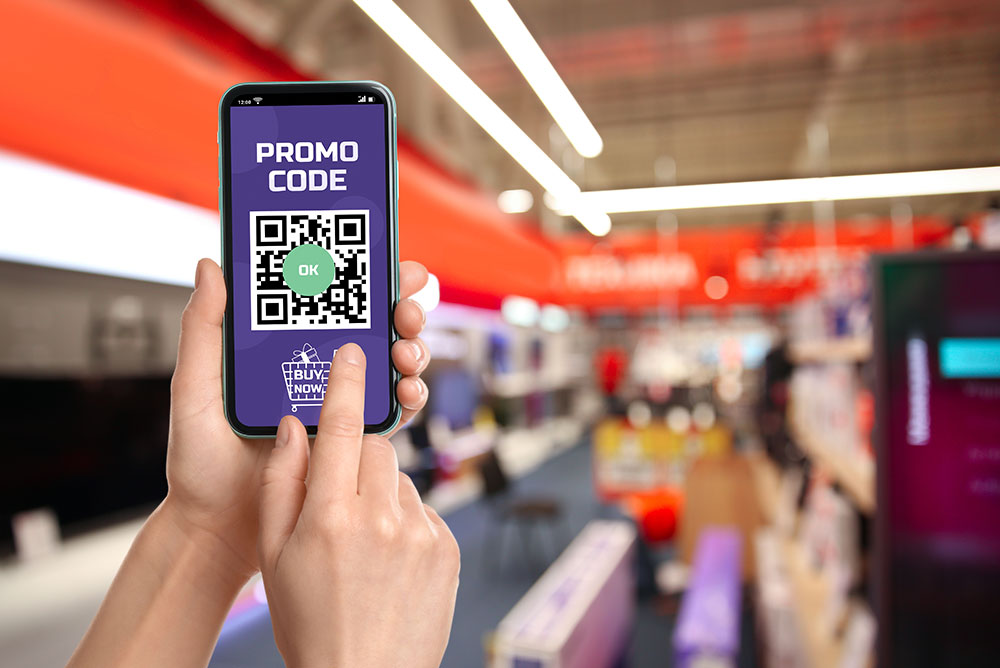
On this page:
1. 5 tips to delighting your online customers with your product packaging
- Package your brand story
- Include discounts and coupons in your package
- Samples and gifts
- Notes with packaging
- Keep it simple
2. What are some common problems that your product packaging must bear?
3. 3 ways to achieve a low return rate and avoid damage
The online business might sometimes make it more challenging for sellers to understand how customers feel when they receive their products. Businesses may have a hard time retaining customers after they make their first purchase. However, there are some sure-shot ways to delight your customers and make them come back for more. One of the first things a customer notices when they receive your product is the packaging. This is your chance to make a great first impression on your customers for your small business. Your packaging must reflect your brand's identity and impress your customer enough to become fans and advocates of your brand.
5 tips to delighting your online customers with your product packaging
Here are some interesting packaging recommendations for you to leave a lasting impression on your customers.
1) Package your brand story
In the early stages of your business, you should try to figure out what your brand represents and design your packaging accordingly. Your packaging remains with you forever. To catch the customer's eye and invest more of their time in your product, calling for a color scheme and other patterns for your product packaging that go along with your brand identity can be beneficial. Your packaging is the first thing that customers notice when they receive your product. Therefore, make sure you design your product package to make for a great first impression.
2) Include discounts and coupons in your package
One way to delight your customers is to include ‘thank you discounts and coupons’ in your product packaging. Offering a coupon code to first-time shoppers for their second purchase can encourage repeat purchases and boost sales. Print some coupons with your brand logo so customers can keep it with themselves and remember your brand when they're browsing online stores.
3) Add samples and gifts in your business strategy
Another way to surprise your customer is by offering a small sample product or a free gift in their order packet. Free samples are an excellent option for several reasons. They can expose your buyers to other product categories that you sell. If they enjoy the sample, they will be more likely to buy from you again in the future. Depending on your industry, you may even obtain free samples from merchants.
4) Insert thank you/personalized notes with your packaging
Who doesn't like receiving notes when they order something online? You can choose to write a thank you note to the customer,
showing your gratitude to them for buying your product and supporting your small business.
You could add more details about your brand such as your social media handles and ask for
a review on your online store if they liked your product.
A little gesture like including a personalized note in every shipment can go a long way.
This strategy works well for increasing brand loyalty and providing above-average customer service.
It also demonstrates genuine consumer gratitude.
5) Keep it simple and minimize wastage
Be aware that most customers these days prefer their products to arrive in minimal packaging, leading to limited wastage. It is advised to keep your product packaging simple and easy to open and the contents inside should justify the proportions of the outer packaging. Don't waste raw materials if your product does not require the same.
What are some common problems that your product packaging must bear?
Apart from the look and feel of the packaging, businesses must also ensure that their products are convenient and durable to endure the shipping process. Your product might travel from one part of the country to another until it reaches your customer. In this journey, some common issues that your packaging must deal with are:
- Getting dropped
- Conveyor belt vibrations
- Stacking that causes compression from all sides
- Temperature and humidity changes

What do we mean by this? Businesses often cut their packaging costs, thinking it would result in a lower overall cost and increased ROI. However, this is far from the truth. Inadequate quality packaging can cause various issues — both brand image-wise and financially. Here are some recurring issues businesses face with poor packaging:
- Product returns
- Cost of replacing/repairing the product
- Discounts on the following product
- Insurance and freight claim filing
- Poor brand reputation and word-of-mouth
- Losing customers and thus, referrals
3 ways to achieve a low return rate and avoid damage
Follow the pointers mentioned below to understand more about efficient and smart packaging to reduce your return rate.
1) Acceptable damage
Some businesses choose to undertake acceptable damage where if the functioning parts of the product are not damaged, it is considered safe. However, certain companies are more cautious about the appearance of their product and hence, they choose to consider any exterior damage as a packaging default.
2) Use the correct tape
You cannot use sellotape for packaging any product that will undergo rigorous shipment. Use brown tape (3M parcel tape) to ensure zero leakage or product opening chances. Sellotape cannot ensure durability despite applying multiple layers.
3) Know your products' route
It is essential to be aware of your product's distribution channels to alter your packaging accordingly.
If your product travels by cargo, it involves more dropping and shifting, damaging the product.
A truckload shipment causes stacking and low drops; hence, you should package the items to endure those hazards with sufficient fillers.
Your business needs positive customer reinforcement to ensure a good position in the competitive market.
With excellent packaging, businesses can ensure customer satisfaction and reduce their damage/return rate.
When setting up your online store, it is recommended to have a reasonable budget set aside for experience-driven product packaging.






